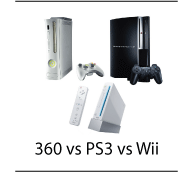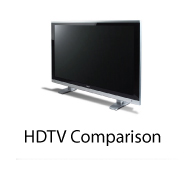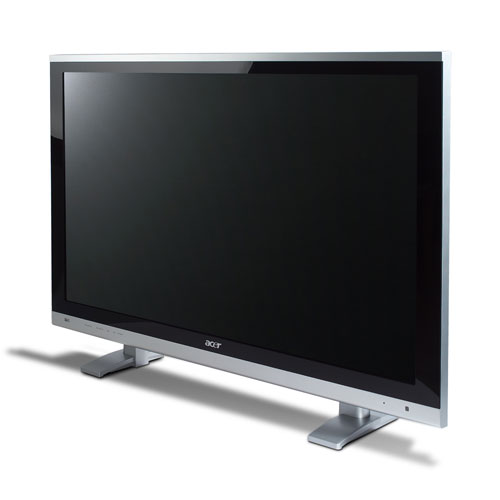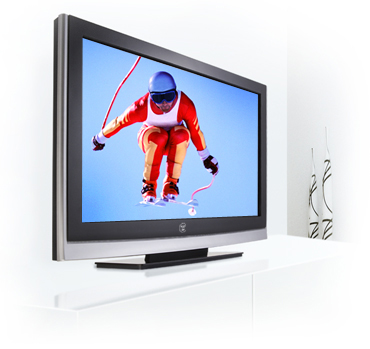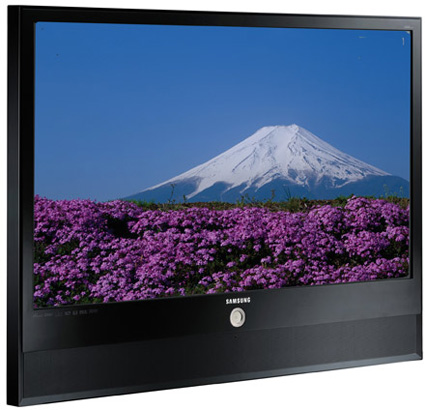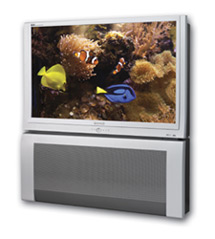
|
HDTV One of the biggest consumer items being bought these days besides computers are HDTVs. Not only are these items expensive, but there is a lot of confusion in the differences between technologies and interfaces. It is the purpose of this review to try to clear up some of the confusion. HDTV Technologies Currently the main competing technologies in the market are LCD, Plasma, DLP, and CRT. I will cover each of these and some of the pros/cons of each of them. Keep in mind that there are other technologies out there such as OLED, LCoS, and others, but for the purpose of this article we will only be covering these four as they will be the most likely types you will find on your hunt for a HDTV set. Plasma
The plasma televisions uses gas in between two panels that is electrically charged to produce light. The main draw to plasma technology was the gigantic sizes that were made possible with it. Plasma tvs can be produced to sizes up to 150 inches (and growing). Plasma tvs currently support somewhere around 60,000 hours of optimal display time. Images are very bright and the panel is usually very thin when compared to other models. One drawback that has been mostly taken care of was that the emitting light would actually burn into the screen much like a CRT would if you have any static images left on the screen for a long time. This was taken care of with pixel switching technology so it should no longer be an issue. LCD
The LCD panel stands for Liquid Crystal Display, and there is a good possibility that you are reading this article on a monitor using the exact technology, LCD screens became big in the computer industry for their power/space saving features and bright/sharp displays. You will not find too many extremely large LCDs on the market so this may be a drawback if you are looking for something in the 57"-70" range. These panels, like the plasmas, are very thin and also very light. They typically have good bright colors, but are incapable of the true blacks we find in DLPs and CRTs. You will find that the blacks are more grey than anything else, but they are usually priced pretty fairly. DLP
DLP stands for Digital Light Processing, it is a technology owned by Texas Instruments. It is actually one of the more recent technologies when compared with others, it was developed in 1987. DLP is a rear projection technology and is in some ways the successor of CRT technology. The television uses a spinning wheel of color with the primary colors and also clear panels (for brightness). The computer chip inside the TV displays each color as the wheel runs in front of the lamp. DLP tvs tend to have very rich blacks and are also a nice size and weight when compared to CRT sets. 13 inch thick sets are not uncommon to give an idea of size. Bulb life can be an issue with this technology as it will have to be changed after an average of 2000-5000 hours of watching. CRT
Chances are you are already familiar with this technology if you have had a TV over the past 20 years. CRT stands for Cathode Ray Tube and is the technology most prevelant in consumer TVs and computer monitors up till the latest decade. It uses an electron gun projected onto a fluorescent screen to emit light. These tvs are extremely heavy, and may require calibration if they are bumped or are moved. They tend to have very rich blacks like the DLP and a good quality picture. Just make sure you don't plan on moving it anytime soon. Interfacing Technology There is also some confusion on interfacing technology, and local salesmen will be more than happy to sell you a 200 dollar cable you do not need. HDMI/DVI Do not buy expensive cables for these technologies. The signals sent over them are digital, this means that the quality of the actual cable is insignificant as long as the signal is getting through. Component/RGB/Coaxial These types of cable technologies can be affected greatly by the types of cables you decide to use, I would not suggest buying extra expensive cables, but make sure you get some decent quality ones. Overall if your tv supports it I would suggest going with one of the options above in the digital interface group. Monoprice.com is a great place to buy your cables, they have HDMI cables from $3-5 dollars that work great. I have also purchased a RGB cable from them and it was also excellent quality.
|
|
![]()

